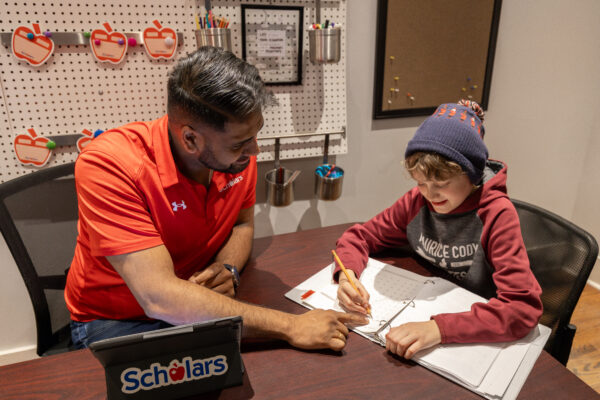As parents, we all want to see our children succeed academically, but recognizing when they may struggle can be tricky. Learning gaps—disparities between what a child has been taught and what they’ve learned—can form quietly and have long-lasting effects. The good news is that with early identification and the proper support, these gaps can be addressed, setting your child up for success.
Why It’s Important to Catch Learning Gaps Early
Research shows that children who fall behind early on often struggle to catch up. Studies have shown that students who fail to read proficiently by third grade are four times more likely to drop out of high school. Additionally, the studies suggest that early intervention can improve academic performance by up to 50%, making it essential for parents to be proactive during the early stages of their children’s educational journey.
Signs Your Child May Have Learning Gaps
Identifying learning gaps early on can make all the difference; as a parent, you know your child better than anyone. Here are a few signs that may be an indication that your child is struggling with specific concepts:
- Frequent Frustration with Homework:
This could be a red flag if your child gets easily frustrated with homework or classwork, especially in subjects they previously enjoyed. - Inconsistent Test Scores:
A noticeable fluctuation in test scores, where your child does well in some areas but consistently struggles in others, may suggest a gap in understanding. - Avoiding Specific Subjects:
If your child consistently avoids certain subjects, it could be because they feel lost or confused. - Difficulty Retaining Information:
Your child might understand concepts during study sessions but struggles to recall them later, indicating that they may not fully grasp and retain the material.
How to Address Learning Gaps
Once you’ve recognized potential gaps, taking actionable steps is essential. Here’s how you can help:
- Talk to Teachers:
Teachers can provide valuable insights into your child’s classroom performance and suggest areas for improvement. Ask for specific feedback and discuss strategies to reinforce learning at home. - Seek an Assessment:
Many tutoring companies, including Scholars, offer diagnostic assessments that identify where your child is struggling – the one at Scholars is complimentary! These assessments provide a crucial roadmap for personalized instruction. - Build a Study Routine:
Consistent study habits can help close gaps over time. Set aside daily study time to review challenging topics using engaging methods like flashcards, educational apps, or even fun educational games. - Consider a Tutor:
A professional tutor can provide tailored instruction that targets specific weaknesses while reinforcing your child’s strengths. Studies show that students receiving small ratio tutoring can improve their academic performance by up to 20% and outperform 98% of their peers. - Celebrate Progress:
Recognize and celebrate small wins! Positive reinforcement can motivate your child to continue improving and build confidence in their abilities.
Be Proactive: Prevention Is Key
Catching learning gaps early on helps your child avoid long-term struggles and builds a strong foundation for future learning. At Scholars, we believe that every child has the potential to succeed. Through personalized instruction and early intervention, we can help close those gaps and empower your child to reach their full academic potential.
For more information or to schedule a complimentary assessment, contact your local Scholars today! Together, we can ensure your child stays on the path to success.
